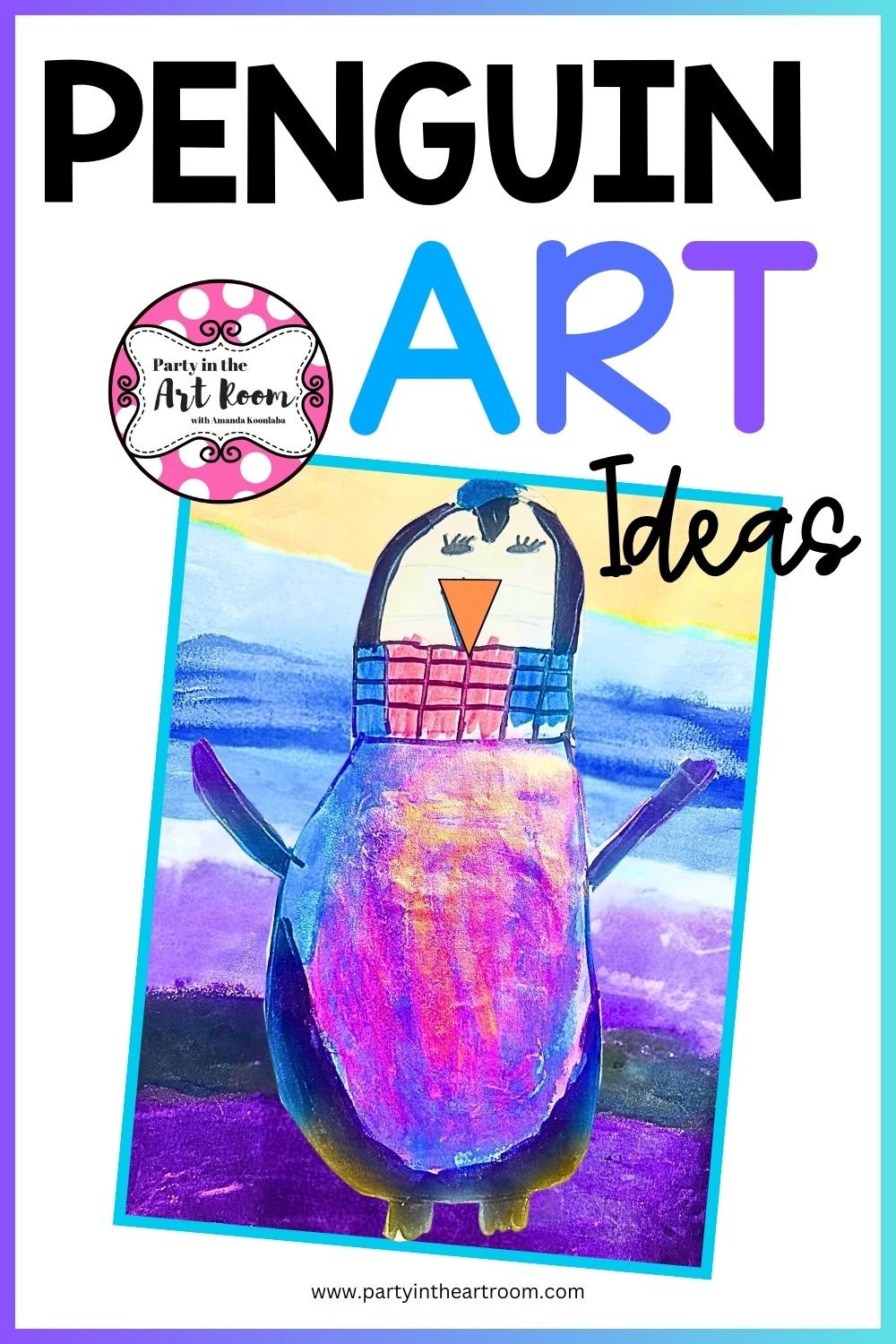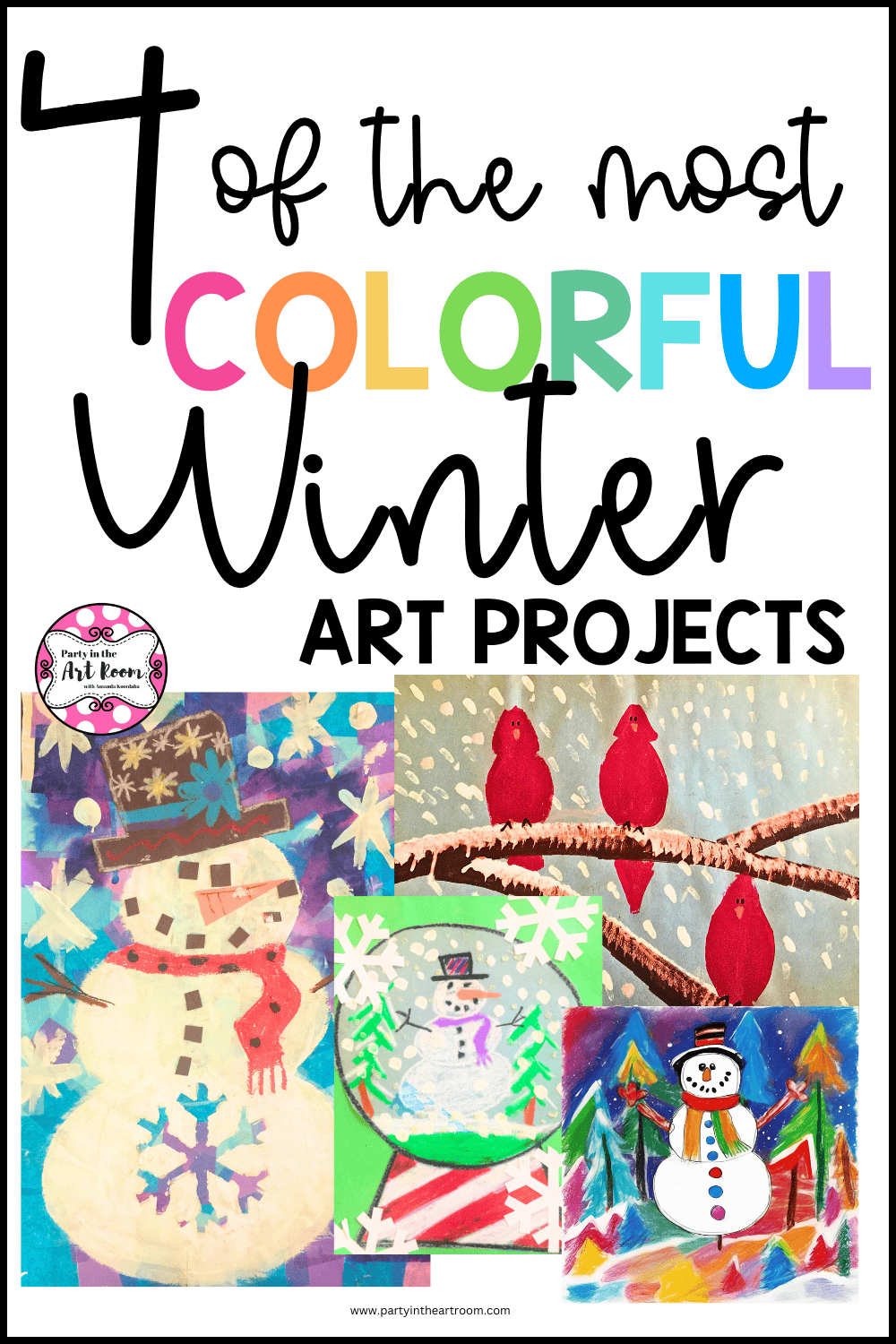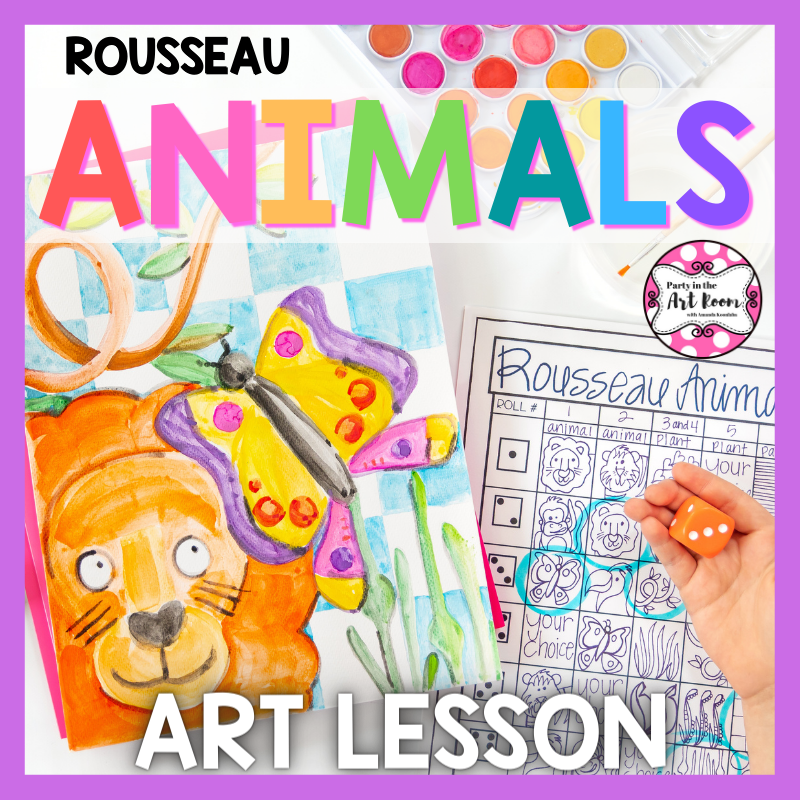3 of the Most Exciting Penguin Art Projects Ever
Animals make for a great source of inspiration for winter art ideas for teachers. Art projects that focus on animals provide young artists with an opportunity to explore the natural world while building a foundation of creativity.
Here are some ways that you can incorporate everyone’s favorite polar bird, the penguin, into art projects that teach kids the elements of visual art.
The Benefits of Cross-Curricular Art
Using art as a vehicle to study other subjects is a great way to create lasting knowledge while developing fine motor skills and more in young artists. Creating art of animals can help kindergartners learn the basic characteristics of each creature while exploring the lines, shapes, and colors, that are present in the natural world.
Art projects that focus on animals as the subject matter are a great addition to science education because they allow children to demonstrate an understanding of the key characteristics that make each animal unique.
Life Size Penguin Paintings
Creating a life-size penguin is a fun and exciting way to learn about the different types of penguins and their unique characteristics. All you need is a roll of butcher paper and your favorite art materials.
Start by researching the average height of a penguin and begin drawing a life-size outline on your butcher paper. Once your outline is complete, students can begin filling them in with their favorite paints. I recommend tempera for this project. (You can read why here.)
You can paint penguins with their natural colors or think outside the box and use a brighter color palette.
This life size penguin painting project is a great way for young artists to practice painting inside the lines on a bigger canvas than traditional paper.
Once your penguins are painted and the paint has dried, you can cut the penguins out and hang them on the wall. Think how fun it would be to have a whole rookery of penguins that your students created hanging all around the room.
Penguin Dice Roll Game
This penguins dice roll game is a fun game where young artists can roll a dice to randomly fill in their penguin outline with fun and unique characteristics and patterns.
Students will start by rolling a six-sided die to determine the penguin’s body shape. (I recommend these big foam die. 👇🏻 These definitely help keep the noise level down!)
The activity provides six unique shapes for students to try. Next, students will roll the dice to determine which set of silly eyes their penguin will have. The same will be done to determine the penguin’s beak. Finally, the student will roll the die twice to determine the two fun patterns that will make their penguin unique.
Randomized drawing games are a fun way to make a unique penguin drawing every time. These games give children the opportunity to improve their drawing ability by utilizing different styles of lines and shapes each time they roll the dice.
The art and roll penguin game can be used in classrooms to create a whole colony of penguin drawings that are as unique as your students.
Since each drawing is randomized, kids can complete the project over and over again, practicing a different skill each time. For instance, have them complete one time focusing on the elements of art - line. Next, have them focus on the elements of art - color…and so on! Super easy!
Elements of Art Project: Metallic Watercolor Penguin
Creating a penguin painting using metallic watercolors is a fun way to highlight one of the most interesting features of the penguin, their oily feathers. Start by creating an outline of a penguin wearing a scarf.
Once you have your outline complete, have students use metallic watercolors to begin adding fun colors to their birds. The reflective nature of the watercolors will add a unique look to everyone’s painting.
I recommend the Yasutomo Pearlescent Watercolors. 👇🏻 They are a little pricey, but they are vibrant and last a long time with multiple classes. I wrote a Donor’s Choose grant to get these for my classes!
Have students add a pattern to the penguin's scarf that is different from their classmates for a truly creative project. Once the penguin and his scarf are all painted wait for the painting to dry. While the penguin dries, students can begin making their background on a separate sheet of paper. Use tagboard or watercolor paper for this step!
Encourage students to use vibrant colors and interesting designs for their background that will really make their penguin pop off the page. This is a great opportunity for students to play with the elements of visual art like line, shape, color, and texture.
Once both pieces have dried, have students cut out their penguin design with scissors. Students can then place their penguins on their background with glue creating an exciting metallic penguin collage art project.
You could even turn this into an abstract art of animals project by having students draw geometric shapes for the body. For instance, the head could be a square and the body could be a rectangle, etc.
Final Thoughts
Penguins are not only fascinating creatures but also provide endless opportunities for creativity in the art room.
These exciting penguin art projects offer students a chance to explore elements of visual art while connecting to cross-curricular learning, from science to math and beyond.
Whether painting life-size penguins, rolling dice to create unique designs, or using metallic watercolors for an extra shimmer, these projects make learning fun and engaging.
And, you know what? Penguins would make for some adorable winter elementary classroom themes, adding a fun and creative touch to your space. With these penguin art projects, you can transform your classroom into a winter wonderland while providing students with engaging elementary art projects that teach essential visual art elements and cross-curricular connections. Why not let your class help decorate your classroom for winter while learning science, art, and more?!?!
Turn your classroom into a penguin colony with these life size penguin paintings! A dynamic way to integrate the elements of visual art into science lessons.
Other Ideas:
Affiliate Disclosure: Party in the Art Room is supported by its audience. When you purchase through links on this site, a commission may be earned.I’m Amanda, and I align standards and integrate content to help teachers meet the needs of the Whole Child in art class! I have yet to find a standard that I couldn’t teach through art, and I want to share it all with you.
Not sure where to start with bringing art and content together? This freebie guide is packed with 25 ideas to align your art lessons with math and ELA standards. Your students will be crafting art and practicing algebraic thinking. Win-win!
I want all students to feel successful in the art room, so I created a standards-based Daffodil Collage lesson to do just that! The lesson includes an artist study, student reflection, and more, so push your artists to their full potential.
Follow along on my Instagram page for more tips on teaching the Whole Child in the art room!
Connecting art and content together doesn’t have to be mind-boggling. I’ve made it simple with 25 math and ELA art lesson starters - for free! Plus, I included 15 worksheets for students to reflect on their art-making journey.

















